Dr Grazia Francesconi
Luminescent C-Dots: Fabrication, Characterization And Application As Potential Photocatalyst And Fluorescent Sensor
People Involved
Dr Alex Ibhadon A.O.Ibhadon@hull.ac.uk
Reader, Catalysis and Reactor Engineering for Energy Generation and Chemical Synthesis
Professor Jay Wadhawan J.Wadhawan@hull.ac.uk
Professor
Project Description
Wastewater streams are a serious environmental concern because of the risks of discharging poorly treated effluents directly into the environment by posing a pollution threat to all receiving water bodies, groundwater pollution, soil contamination and resulting loss of biodiversity Various conventional and established techniques prove to be highly inefficient for the complete transformation of harmful compounds as they only end up in producing other secondary waste products. Advanced oxidation processes is the prevailing, cost effective and highly recommendable technique for the exhaustive decomposition of organic contaminants present in wastewater. Semiconductor photocatalysis is one of the most potential AOP methods for the absolute mineralization of harmful organic pollutants into least toxic and simpler molecules. Till now, numerous oxides and sulfides semiconductor nanomaterials have been synthesized, researched and utilized as photocatalysts in this process. However, the wide band gap of these semiconductors restricts its applicability to longer wavelength region. Photocatalysts that are visible light active are immensely important and enviable for the decomposition of toxic organic pollutants. As a new member of emergent fluorescent nanomaterials, C-dots have offered tremendous scope in broad era of applications, such as bioimaging, chemical sensing, biosensing, drug delivery, electrocatalysis, photocatalysis and so on. As of particular interest in the field of photocatalysis, C-dots have been gaining significant attention among scientific community. As it is well known that the photocatalytic mechanism involves the generation of charge carriers such as electrons and holes induced by light. Therefore, an ideal photocatalyst should have both a wide photoabsorption range and a high separation efficiency of the photogenerated charge carriers. Unfortunately, many of the present photocatalytic systems are suffered from low-usage of sunlight and high recombination rate of the photoinduced charge carriers, which seriously limits the overall quantum efficiency for photocatalysis. Therefore, it is necessary to develop effective ways to improve the charge separation efficiency and extend the spectral responsive range. The upconversion photoluminescence of C-dots allows full exploitation of the solar light. The electron-accepting and transporting features of C-dots can direct the flow of photo-generated charge carriers. Therefore, due to the unique photoluminescence behavior and photo-induced electron transfer property, C-dots are considered to be an efficient component in the construction of high-performance photocatalysts. In view of remarkable characteristic properties of C-dots and the drawbacks of photocatalytic system, therefore in this proposed project, attempts will be carried out for the consolidation of C-dots and metal oxides/sulfides semiconductor to design efficient photocatalytic system for the degradation of organic pollutants.
| Status | Project Complete |
|---|---|
| Value | £7,699.00 |
| Project Dates | Feb 28, 2018 - Mar 31, 2019 |
| Partner Organisations | No Partners |
You might also like
Triggering the anti‐cancer immune response by combined radio‐ photodynamic‐ therapy of liver tumours Sep 1, 2014 - Dec 31, 2024
The majority of deaths from cancer are not caused by the primary tumour, but by secondary metastases. The liver ranks second only to the lymph nodes, as the most common site where metastatic tumours develop. Worldwide 700,000 people are diagnosed wit...
Read More about Triggering the anti‐cancer immune response by combined radio‐ photodynamic‐ therapy of liver tumours.
Anion-Deficient Solids for CO2 Capture – Towards New Materials Jun 4, 2018 - Jul 27, 2018
This project is closely linked to Jon’s two career goals (completing research in materials and in green chemistry) as would be gaining experience in creating and characterising new materials. As well as using CO2 in their synthesis, as materials that...
Read More about Anion-Deficient Solids for CO2 Capture – Towards New Materials.
Waste Water treatment: Approaches, Management and Capacity building Mar 1, 2019 - Mar 3, 2019
Water quality globally, and in India, is deteriorating due to human activities and anthropogenic contamination of harmful chemicals, for example, Arsenic, affecting over 900 million people in India. India’s total water and sanitation sectors are wort...
Read More about Waste Water treatment: Approaches, Management and Capacity building.
GCRF 2019 PPF15: Source Identification and Monitoring of Emerging Contaminants in Ground and Drinking Waters in India. Feb 1, 2019 - Jul 31, 2019
The objective of this project is to recruit a research assistant to undertake a study involving water
sampling and analysis to obtain water quality data on emerging contaminants in ground and drinking
water samples, using locations in Chandigarh as...
Read More about GCRF 2019 PPF15: Source Identification and Monitoring of Emerging Contaminants in Ground and Drinking Waters in India..
Pollutants and greenhouse gases in the atmosphere - understanding gas-gas and gas-solid interactions towards a cleaner atmosphere ATMOS Dec 1, 2021 - Jan 31, 2026
ATMOS denotes a consortium of eleven scientific institutions, six beneficiaries and five partners which main objective is to establish a collaborative effort for the study of scientific problems related to the atmosphere pollution elements, with an e...
Read More about Pollutants and greenhouse gases in the atmosphere - understanding gas-gas and gas-solid interactions towards a cleaner atmosphere ATMOS.
